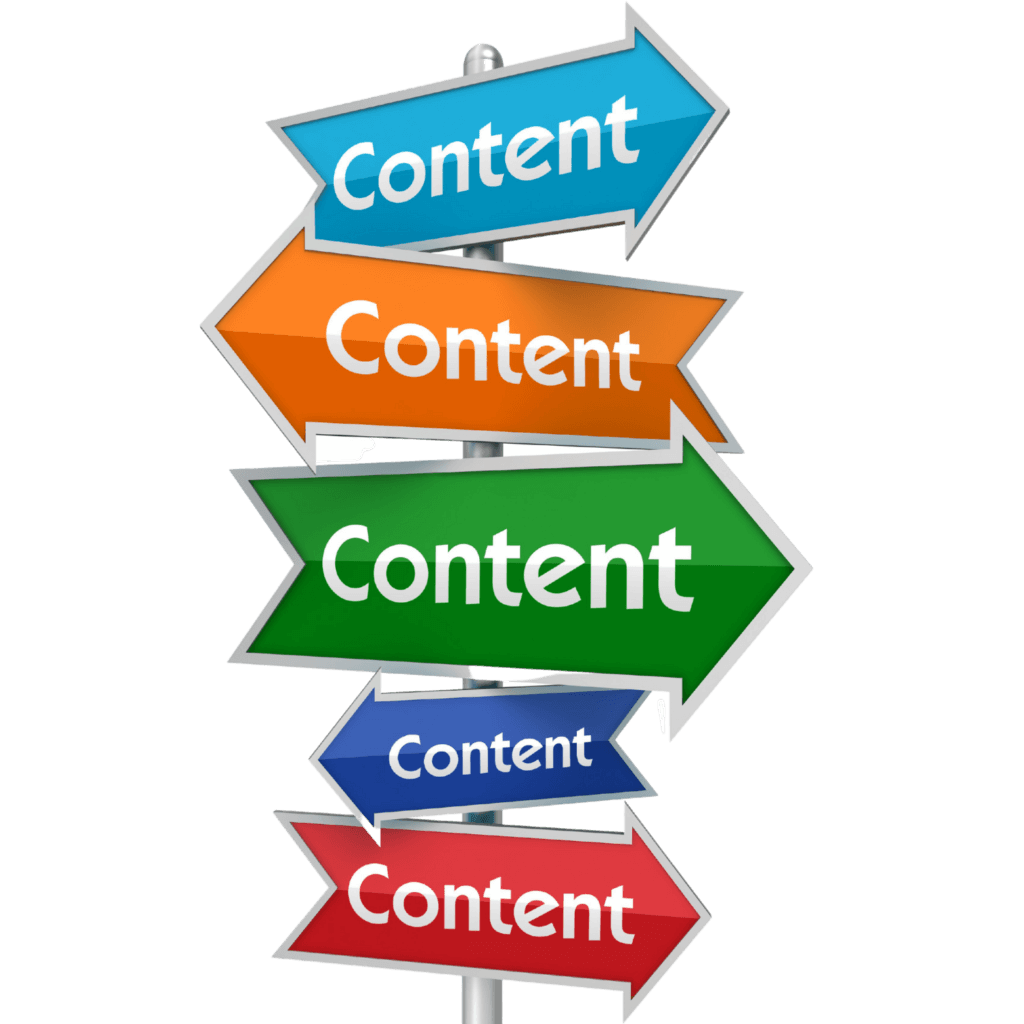One of the core Pillars of Sales Enablement, content enablement is getting more and more attention as sales teams are staying mobile and need better access to information to make the sale.
At Enablix, we spoke with dozens of content enablement specialists and product marketers to deliver a cheat sheet of the 6 most common questions we see people asking and our answers.
Question: What’s the best way for sales reps to find relevant content for a deal – do you have to review all marketing content on a regular basis?
One of the hardest things about content enablement is understanding how to distribute and educate your internal team on your content strategy – both internal and external. The gut reaction many content specialists have is to orchestrate weekly meetings rolling out all of the content for sales and partnerships – but all too often this will only overwhelm the sales team, with many of them simply re-using the content they have saved locally to their computers. The best practices we recommend are:
Internal content (Training videos, competitive intel): Discuss new internal content with your revenue teams at a healthy cadence (at least monthly) – these are the resources they have at their disposal to more effectively sell.
External content (case studies, presentations, videos): Discuss your content strategy with the team, and the motivations behind your external content without reviewing each individual piece. The trick here is to keep the team informed of the strategy while still enabled to find the content on their own when they need it. This may lead to the need for a sales enablement toolset, but may not be necessary depending on the scale.
Question: My sales team doesn’t want to use another tool – how do you get them to use a content enablement platform?
Let’s start with the obvious: it isn’t just sales reps, no one wants to have to learn and onboard a new tool just to get access to content. Successful onboarding of a new tool requires that the majority of users actually get value from the tool – but without the expensive task of having a totally dedicated platform that they need to learn and understand.
That’s why content enablement tools need to integrate into the everyday workflow of the revenue team. That includes features like browser plugins, extensions into commonly used tools like SalesLoft and Salesforce, and the ability to be where they are digitally.
Question: What’s the best way to measure the effectiveness of a piece of content?
Before understanding, if the content is effective, it’s important to define WHY you’re making content and the details informing your content strategy. In general, for each piece of content define if the content:
- Will gauge/further buyer intent
- Should serve as a lead generation piece, whether it’s gated or not
- Serves as a piece of dedicated thought leadership, to aid downstream SEO and positioning
Once you’ve defined why your piece exists, you can measure the internal and external engagement and benchmark the goals for the content. How much intent did the piece drive? How many times was it shared externally – did it get a high engagement rate? Any content enablement tool will have insights that deliver this information, but even without a dedicated platform, you should be able to answer at least half of these questions.
It’s a good idea to set up automated processes to gauge which pieces of content are meeting their expectations. Manually review this data every few months to ensure your content strategy is as effective as you need it to be.
Question: How long should I expect to onboard a content management tool?
The answer here is that it really depends on two things: The amount of content you need to make available to your sales team, and the kind of resources you can dedicate to onboarding the tool.
For an organization with a few hundred pieces of content (blogs, case studies, pricing, etc.), and 1-2 resources dedicated to integrating with a new enablement system this process should take 3-4 weeks. However, this could go longer if you have more content or less time to get up and running.
An alternative approach that we like to take at Enablix is to work towards a “systems-live date” that our customers set that works for both the sales and marketing teams. This gives clarity to the end date, and can typically be accomplished in 1-2 weeks.
Question: How much time should we dedicate to updating content?
After the initial setup of your content enablement platform, it’s going to take some amount of dedicated time to keep all of your new assets up-to-date in the platform.
A general rule of thumb is that it should take your marketing team one (1) hour of effort to maintain content for every 20 new pieces of content created per week. If it takes you longer than 2 minutes to update/add a piece of content to your content platform, you need a new platform. Obviously, We’d love to help you with that if we can.
Question: What’s the most effective way for Sales to provide feedback to Marketing?
Remember the weekly meeting we mentioned at the beginning of the blog? It’s a double-edged sword when it comes to feedback – sometimes reps will offer genuinely helpful info and details on what they’re seeing in the field, sometimes they’ll use it as an opportunity to complain about the things they don’t like about the latest and greatest content.
That’s why most feedback should be 1-on-1 and built into their content finding workflow. Perhaps it’s Google comments visible to only your team on why certain pieces of case studies are working, or a feedback system built into your content enablement tool that facilitates that discussion. Personal and intentful conversation will further align your marketing and sales teams and give content specialists the information they need to create great content.




